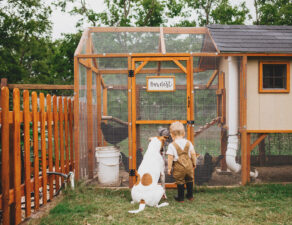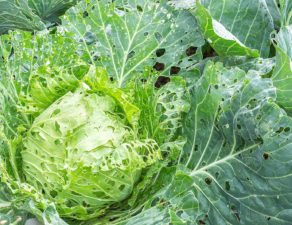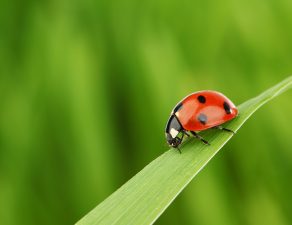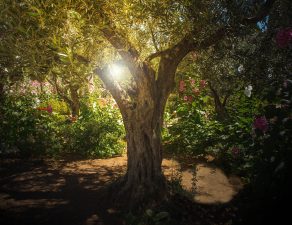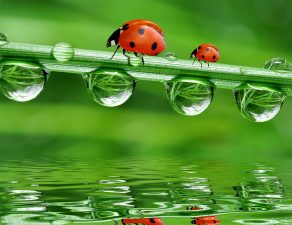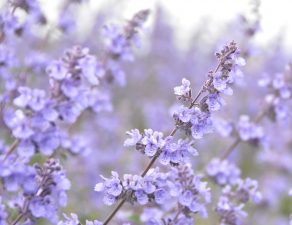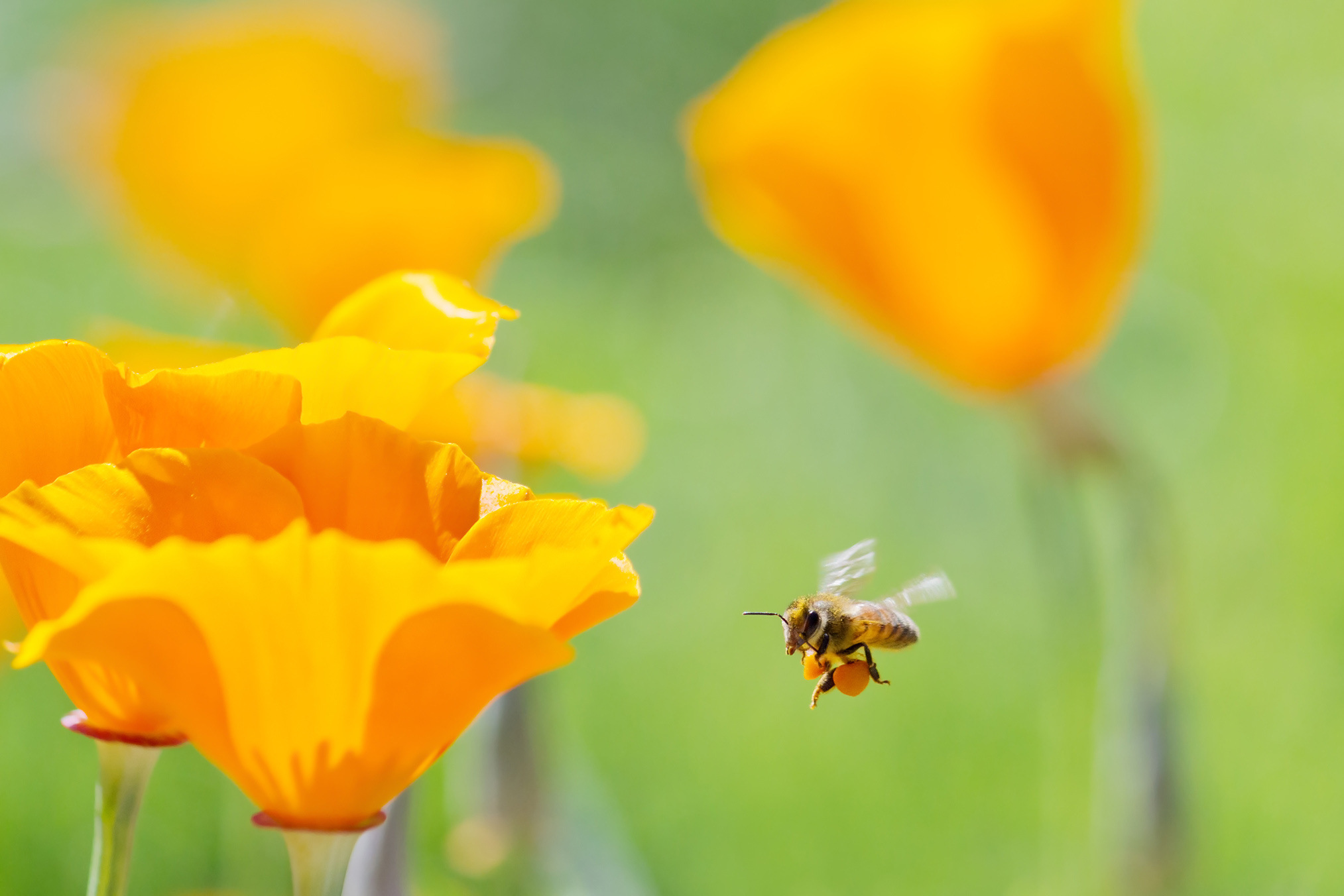
You might be wondering what an article on bees is doing on a landscaping blog. The reason is simple: Bees are a key part of our ecosystem, and are critical to the health and beauty of both flower and vegetable gardens.
When you first think of bees, you might be picturing a flying, stinging insect that you’d prefer not to encounter. But the truth is that there are over 1,600 different species of bee in California, and they generally aren’t out to attack you. They just want to build their hives, mate, eat, and live their lives in peace (much as we do). Yes, most bees will sting, but do it as a defensive measure.
Obviously we can’t cover all 1,600 species of bee individually, but most fall into these categories.
Honey bees. As the name implies, these are the bees that produce honey. It might surprise you to learn that only a specific type of bee makes honey; all the rest fall into one of the other categories.
Yellow-faced bumble bees. You might spot these hairy, chunky bees moving slowly about your flower garden as they gather pollen. And yes, their faces are yellow.
Wood carder bee. This non-native bee was introduced by European settlers, and collects hairs from plants to build their nests. They appear to prefer salvia plants, so be on guard for these guys if you plant salvia in your garden. Look for striped bands that don’t quite meet in the middle of their abdomens, and somewhat territorial, aggressive behavior.
Sweat bees. These small to medium dark bees sport bands of pale hair at the ends of their abdomens. You might notice them because they land on you to lap up moisture and salt from your sweat.
Long-horned bees. As you might suspect, these medium to large bees are identifiable by their long “horns”, which are actually just antennae (only present in the males). The females spend their days collecting pollen from flowers, while the males are often spotted nearby, competing for their attention.
Mining bees. You’ll spot these extra small to medium-sized bees early in spring, as they are the first to emerge from their nests in the soil. Many are metallic colored, and are recognized by unique grooves down the sides of their faces.
Leafcutter bees. If you spot a bee carrying leaf debris, it’s a variety of leaf cutter. They cut small sections of leaves to use in their nests, which they build inside holes in wood structures.
Carpenter bees. These guys also nest in wood, and they can be quite destructive! If you spot piles of wood shavings, along with large, shiny black bees (the females) or stout, hairy golden bees (the males), you might have a bit of a problem. They nest in untreated lumber and can wreak a bit of havoc due to this habit. However, they don’t sting, so at least they won’t harm you.
Mason bees. These metallic green or blue bees have round abdomens and heads, and come in a range of sizes. They also nest in wood, but typically only in pre-existing holes.
Digger bees. True to their names, these bees dig their nests in loose soil. They prefer mint and daisies, so plant a few of these in your garden to encourage these pollinators to move in.
If bees are ever a problem for you, we encourage you to use “green” methods of discouraging their presence around your home. Use treated lumber, and avoid planting their favorite flowers if you don’t want them hanging around. But please, don’t use pesticides on them; without bees, much of our landscapes and food supplies would suffer tremendously.

